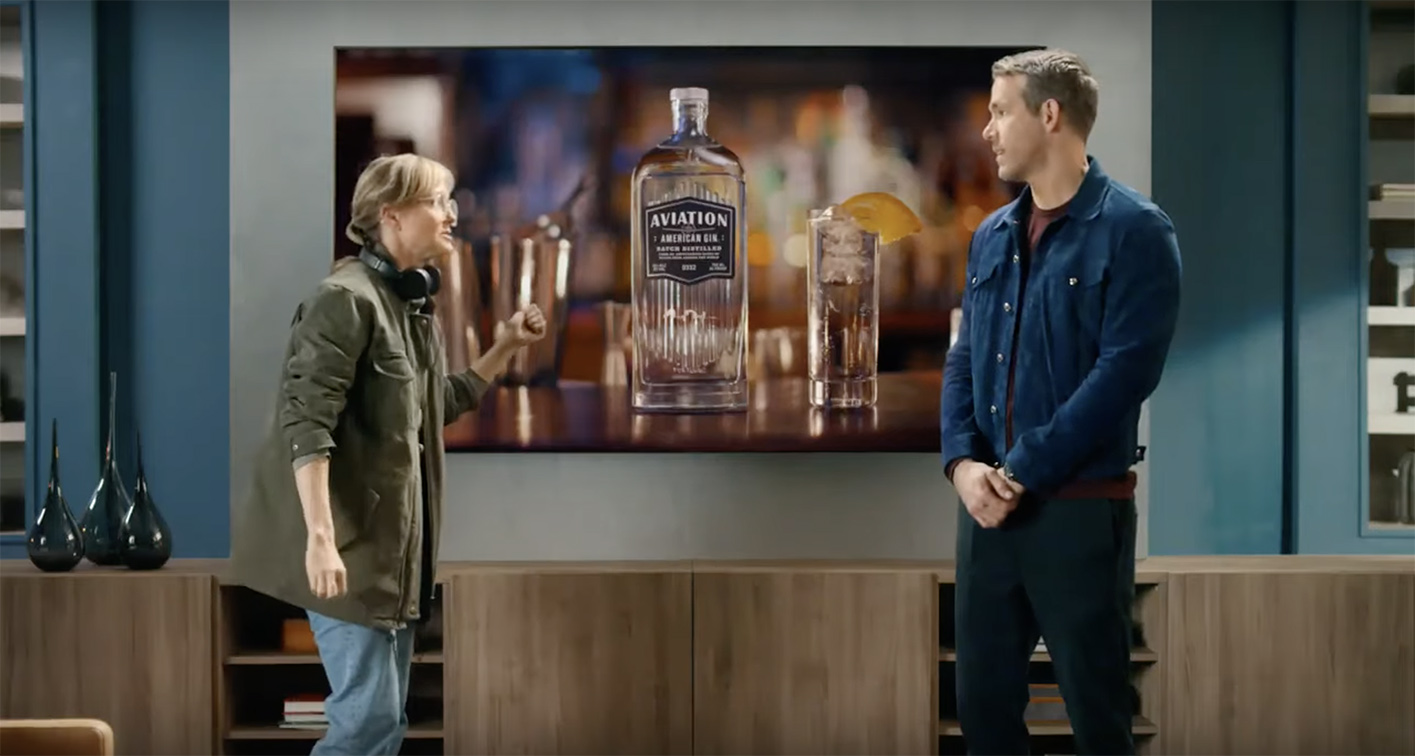Funny Business: Harnessing humor for success by Jarrel Tan, Strategist at UM APAC

Written by UM APAC, Strategist, Jarrel Tan (pictured).
I have a mancrush on Ryan Reynolds. It’s not just the dashing good looks, or the charisma that bridges the gap between Hollywood charm and everyday relatability. It is how he has established himself as an advertising powerhouse. Just like his Marvel character “Deadpool”, he stands out as a master of wit, turning ads into entertainment that leaves us chuckling and sharing.
Welcome to the world where humor sells.
In a world where conventional marketing often struggles to captivate audiences, most advertisers elicit positive emotions to capture hearts. In fact, happiness led by humor is the most common positive emotion used in advertising. According to the Happiness Report from Oracle and Gretchen Rubin, 89% of consumers in APAC are more likely to remember ads that are funny, but humor is severely underleveraged with only 17% of brands’ offline ads and 14% of online ads actively use humor.
Humor is a gamble.
Perhaps it’s the permacrisis we find ourselves in, but most consumers prefer brands to be funny, even at the expense of paying more for their product and services. This can be seen in the report where 82% of consumers in the region are more likely to buy from a brand again if the brand uses humor.
Yet, according to a recent survey, it has been observed that 90% of business leaders in the region recognize the potential to utilize humor for improving the customer experience. They also believe that their brand could make more effort to bring smiles and laughter to customers. However, a significant proportion (76%) express concerns about incorporating humor in customer interactions. Additionally, a large majority (87%) feel limited by the lack of data insights and tools necessary to effectively implement humor in their customer interactions.
The fear is justified. Making audiences laugh is a fine art. While humor can be a shortcut to building positive emotions, an inappropriate punchline risks damaging your brand and alienating your audiences. And with a rising outrage culture, it is safer to color inside the lines.
Make advertising funny again.
Before diving into your bag of clever one-liners for your next campaign, understand that using humor is about a delicate balance of wit and message. And there are more planning considerations than your run-of-the-mill ads to have your ads leave a lasting imprint. Here are some tips to get you started:
#1: Shared knowledge
Humor depends on shared knowledge and background. And identifying this shared knowledge to land a punchline challenges your understanding of your audiences, and what would be funny to them.
Taking a leaf from Reynolds’ book, he understands the in-jokes that would appeal to his fans – cinema and pop culture fans. In an ad spot, Reynolds plugged his new Netflix film, “6 Underground” in a commercial for Samsung’s QLED TV. The movie trailer is then interrupted by a midroll for his Aviator Gin brand. The self-awareness and self-referential approach leveraged on a multiverse shtick – a nod to the Marvel Cinematic Universe.

#2: Style of humor
Visual or slapstick humor is used most often in advertising. Around 45% of ads rely on this type of humor. This translates easiest across language, context, audiences. Looking closer to home, Chaindrite Termite Spray in Thailand tapped into visual absurdity and dramatism to showcase the delayed effectiveness and potency of its product. The key is maintaining a clear connection between the humor and the product’s benefits, ensuring the laughter enhances, not distracts from, the message.
Dark humor can be a potent tool in advertising when handled with finesse, and only 1% of ads take this risk. Melbourne’s “Dumb Ways to Die” campaign expertly exemplifies this. The light and catchy jingle combined with the colorful and cute animation style contrasts the dark humor of the situations they find themselves in. By playfully addressing serious topics like safety and mortality, the campaign conveyed its message in a memorable way. The key lies in striking a balance – humor should be edgy but not offensive, creating a relatable and thought-provoking narrative. Like “Dumb Ways to Die,” advertisers must ensure that dark humor resonates without overshadowing the core message.
#3: Spotlight your brand
Humor in advertising is a powerful attention-grabber, but it should never overshadow the primary goal: Showcasing your brand. Strategically align the punchline with its focal point, so that you are positively associated with those good feelings. When the humor intersects with your product, it creates a memorable association in the viewer’s mind. A great example is the Axe (Lynx) – “Angels Will Fall” ad from Thailand. This commercial for Axe, a men’s grooming product, humorously portrays the idea that using their products will make even angels fall from heaven due to the irresistible scent. The ad features a humorous twist as angels start falling to Earth.
#4: Test your humor
The most pivotal step to ensuring the effectiveness of your advertising campaign is testing. Just like successful comedians, it is essential to continuously test and refine your materials to understand what works for your target audience. Analyze their reactions, level of engagement, and understanding to determine if the humor aligns with their preferences and comprehension levels. Keep in mind that cultural nuances and sensitivities vary, and humor is both universal and culturally specific. Additionally, a study by Nielsen in 2015 found that there is no one-size-fits-all approach to humor. The study highlights that while humor resonates well across generations, the preferred style of humor can vary significantly. Older consumers tend to appreciate clever and light-hearted humor, while younger consumers prefer offbeat, sarcastic, and slapstick humor. Therefore, it is important to test your campaigns across a diverse range of demographics.
In summary, leveraging humor in advertising can pay dividends. Statistically it is clear that if a brand uses humor, people are more likely to buy from the brand again (82%), recommend the brand to family and friends (81%), choose the brand over the competition (76%), and spend more with a brand (67%). So go on, be brave, and get a few chuckles from your audience.
